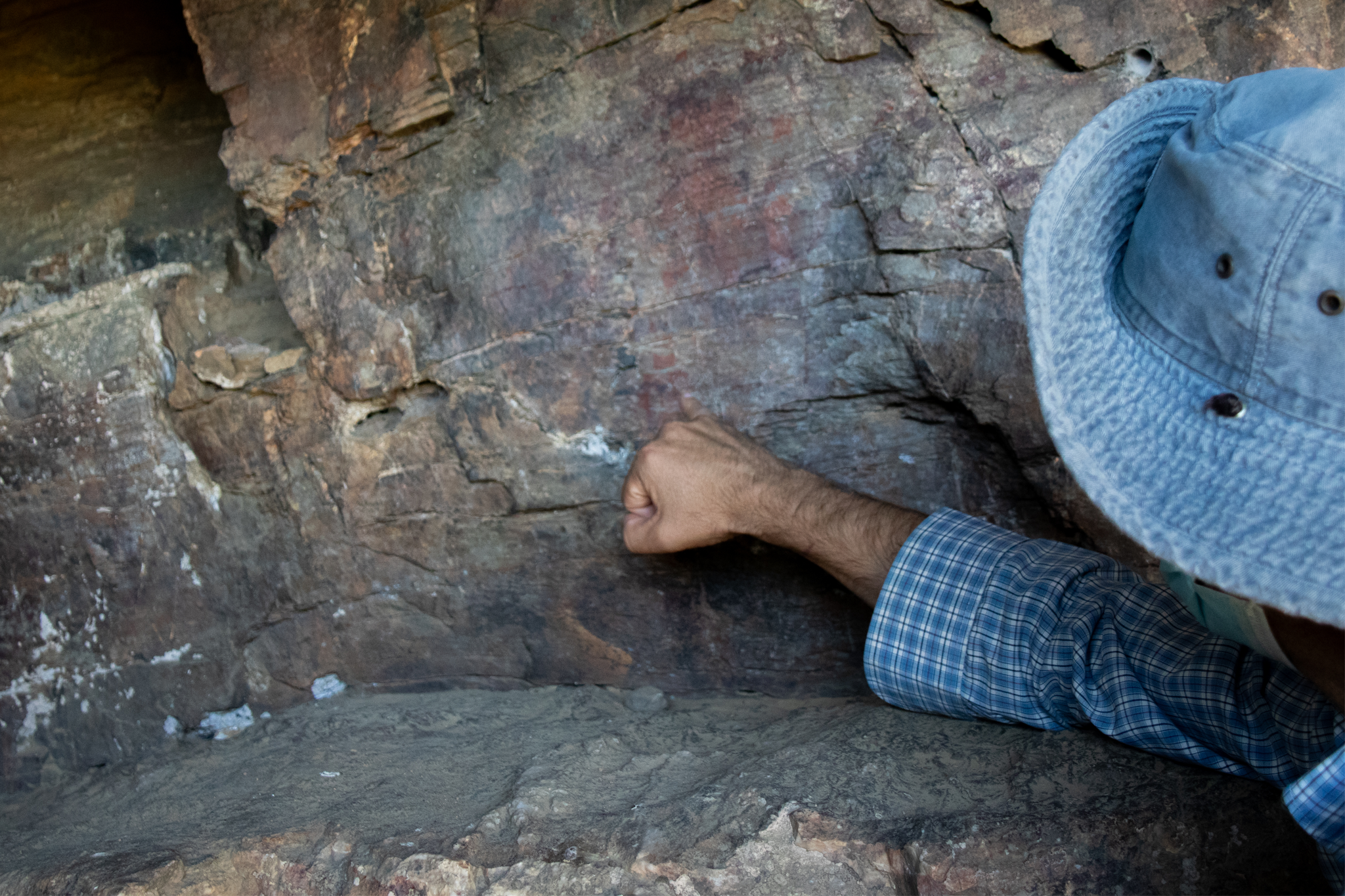
Identification & Background:
Project title: EscarpArte. Feeling the escarpments of the Passos/Santa Comba Mountains. A journey of seven thousand years*
Project code: PV20-00060
Region of Intervention: North of Portugal
Beneficiary entities:
MORE – Mountains of Research Collaborative Laboratory – Association
Mirandela Municipality
Faculty of Letters of University of Porto (Organic Unit of the University of Porto)
Drays Group – Octopetala, Lda
Approval date: 2021-04-01
Start date: 2021-07-01
Completion date: 30-09-2024
Total eligible investment: €201,018.00
MORE CoLAB eligible investment: €56,060.01
Financial support from the European Union: €105,733
Objectives
1. Carry out the first archaeological study of the shelters using digitalization .
2. Visualize by augmented reality how the shelters and the schematic painting were, in the framework of geomorphology, geology and landscape.
3. Raise awareness of the fundamental importance of this heritage and its preservation.
4. To demonstrate that cultural and natural resources are important factors for the territorial development of the interior and incentives for the creation of economic dynamics.
5. To work on governance solutions and planning actions to safeguard archaeological heritage in potential risk situations in the agrifood value chain.
activities
- A1 – Project Management and Monitoring
- A2 – Scientific Coordination of archaeological works
- A3 – Mapping
- A4 – Digital 3D and Multispectral Survey
- A5 – Archaeological excavation works
- A6 – Conservation and Archaeological Enhancement
- A7 – Processing, Study, Analysis of Materials and Information
- A8 – Implementation of the Visitation Trail
- A9 – Mitigation Plan Design
- A10 – Heritage Education Plan
- A11 – Digitization of the Experience
- A12 – Communication and Publication of Results
Expected results
- Mapping (including georeferencing of shelters and paintings);
- Multispectral prospection to study, safeguard and preserve the Neolithic artistic corpus of the intervention area;
- Integration of data in a three-dimensional digital model;
- Production of non-existent knowledge about the Prehistoric artistic assemblages through digital facsimiles that allow retrieving information at infra-millimetric scales, in radiation bands beyond the visible light spectrum, or even measuring other physical parameters (e.g. color, temperature, etc.) and determining the chemical composition of the materials;
- Update and deepen the excavation work (started in the 80’s) in accordance with the Portuguese legislation on the conservation of archaeological heritage;
- Create signposted visitation routes, with accessible information;
- Create digital content for virtual and “in loco” visitation;
- Develop a Training Plan directed to three groups: the school community (educational program), the local community (preservation awareness actions) and the community of higher education students of courses related to tourism and heritage, in particular, those of the School of Administration, Communication and Tourism of the Polytechnic Institute of Bragança (seminars and visits).
